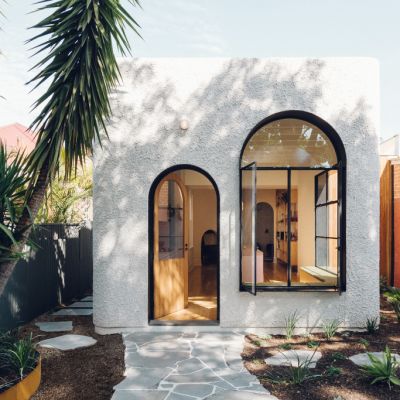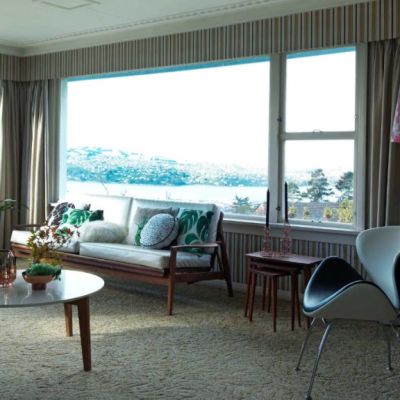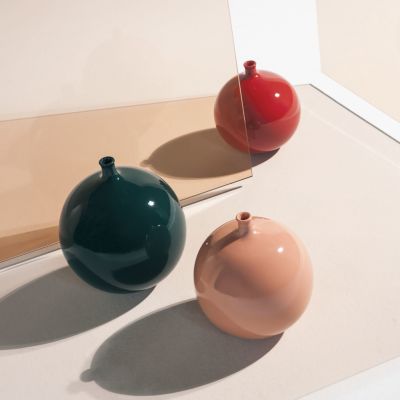Terrazzo: Why this 500-year-old decor trend is still on-trend
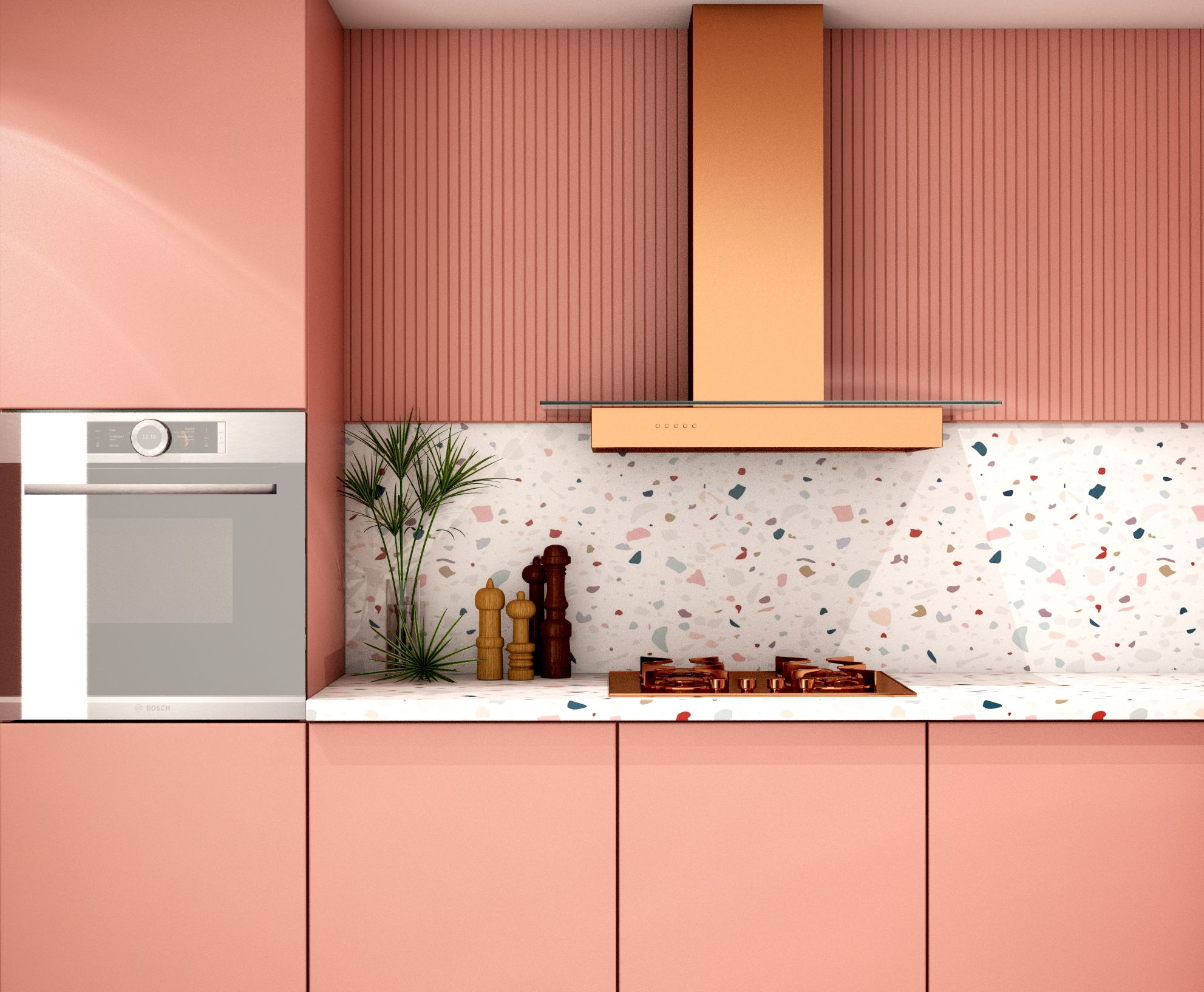
So, you’re thinking of adding the smoking hot decor trend terrazzo to your home.
I don’t blame you. Whether it’s a gleaming palazzo floor, or poured into brass star forms and embedded like gems along the Hollywood Walk of Fame, there’s a touch of glamour about the stuff.
There’s something comforting and institutional that tugs at our nostalgic heart strings about it, too – think ice cream-coloured hospital corridors, school changing rooms and chlorine-scented municipal swimming baths.
Find out about John’s underground home on Somewhere Else:
Befuddled by its return, the Seattle Times once called it the “stuff of old hallways”, but key to understanding the enduring appeal of this 15th century cost saving measure – what better way to use up all the left-over expensive bits from building a palace? – might lie in recognising it as a precursor to modern sustainable building materials.
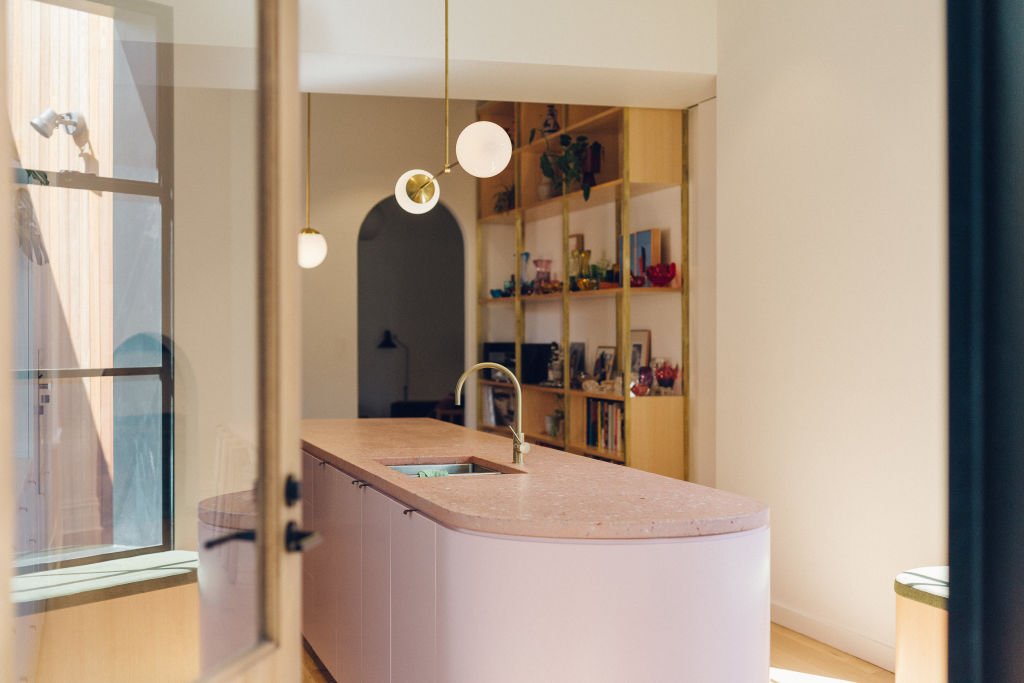
Interior design guru Alex Fulton says it’s this combination of 20th century glamour, Mid-century utilitarian charm and durability that’s key to the allure of terrazzo.
“There’s so much variation with it. It’s a subtle way to add colour and a bit of movement into what can be quite sedentary spaces, like floors, or kitchen tops, or bathrooms.”
Movement is one word for it. Just check out the work of British artist Max Lamb, whose wall-to-wall rooms of Marmoreal – a kind of faux-marble made from a rainbow mix of large stone chips, like traditional terrazzo seen under a microscope, which he created in conjunction with product design house Dzek – have made him the darling of the Pinterest and Instagram set.
Lamb’s functional, minimalist rooms – like the one he designed for Design Miami/Basel in 2015 – look like a Yayoi Kusama installation on acid. But then you notice how inviting and functional they are, how much you want to feel, well, everything, how ultra-smooth surfaces look almost soft and cottony to the touch.
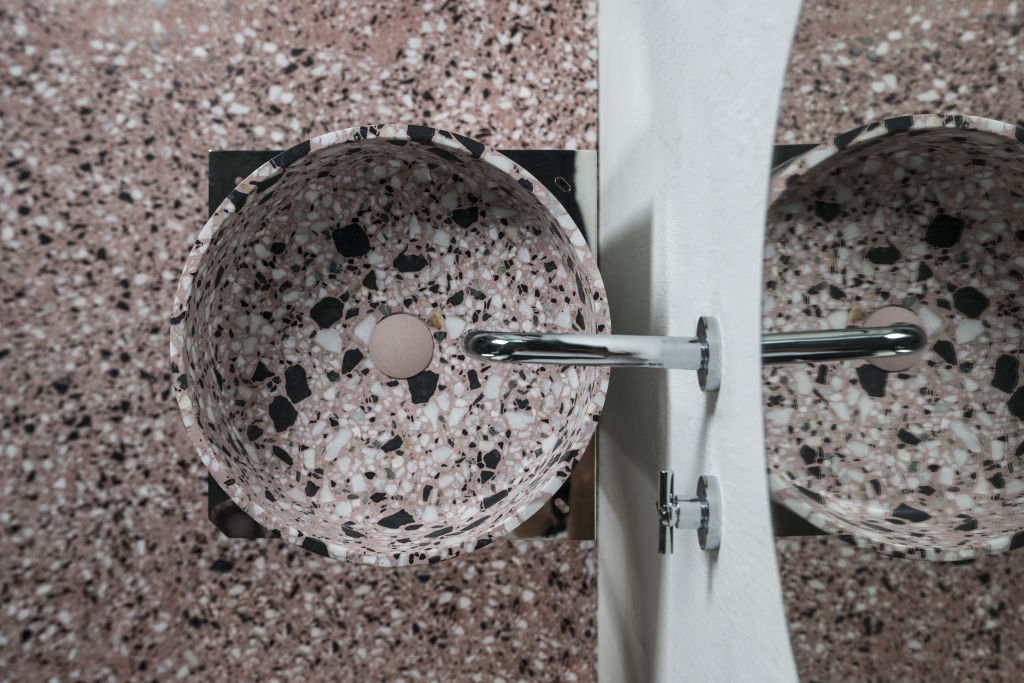
Traditional terrazzo is less than soft and cottony to use in real life, however. A derivative of mosaics, the costly, time-consuming process involves setting the stone and glass elements into a space, pouring white or coloured concrete over them, then grinding and polishing the surface to a shine.
That’s why terrazzo tiles, small decor objects and now Marmoreal – which comes in slabs, easy to cut and utilise – have become popular alternatives.
“You can get anything in a terrazzo pattern,” says Fulton. “It’s now popping up in wallpaper, laminate, timber finishes, tiles. I’ve seen it in furniture, coffee tables and side tables.”
Artist Jen Sievers creates a terrazzo in paint effect in her abstract work, painting a solid colour around nuggets of what the artist describes as “earthy, juicy tones”. You can pick a up a Brush Gems wall clock, by Jen Sievers at Society 6.
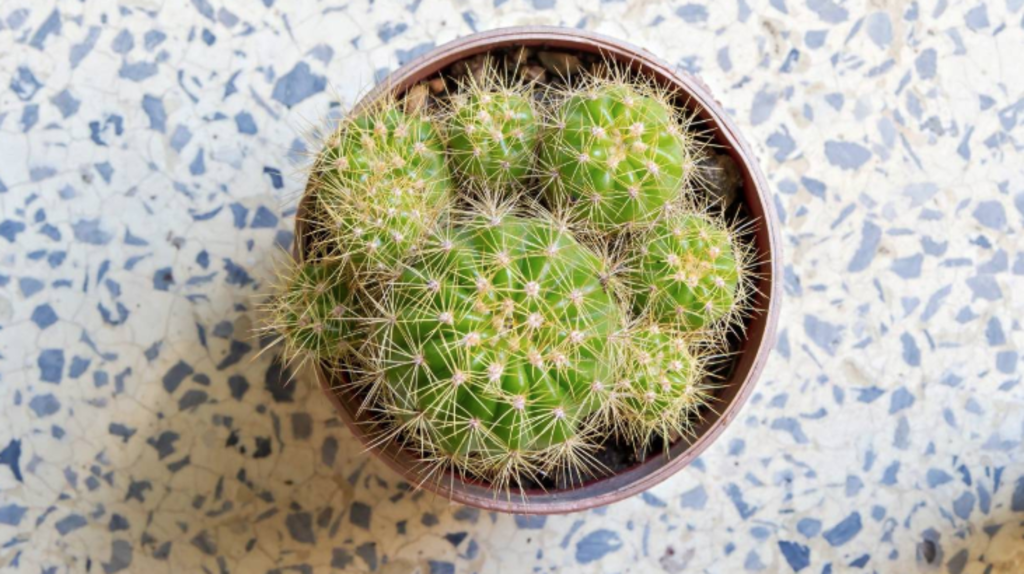
In homewares, Maxwell & Williams’ terrazzo Serving Board is an inexpensive way to bring terrazzo into your kitchen, as are Freedom’s Terrazzo coasters. In the bathroom, there’s Anthropologie’s gorgeous terrazzo bath collection. In the bedroom, KMart’s terrazzo base lamp.
Not all that terrazzos is stone, however. Environmentally conscious Dutch company Plasticet uses old industrial plastics to mimic the look of marble and terrazzo.
Made from 100 per cent recycled materials, it can be used to make almost anything, from furniture to flooring and the product range includes the charmingly titled Chocolate Factory laminate, a baby pink, mint green and nougat white confection made from old industrial chocolate moulds, that they claim is soft and scratch resistant.
It looks almost exactly like the green glass and silica terrazzo that was popular for public swimming pools in the 1960s and 1970s. That’s the kind of decor nostalgia bump we’re all looking for.
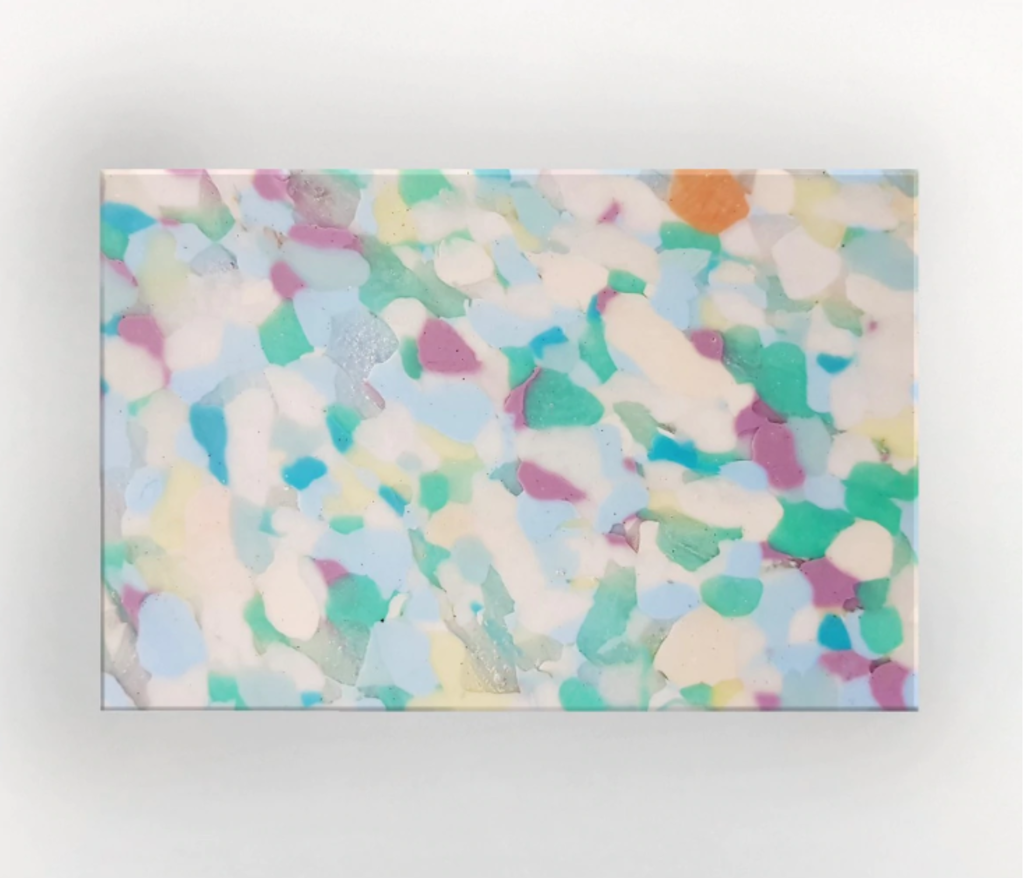
“It’s like everything, there’s a trend, or a product, or a way to do something, it becomes watered down in the interior design world. Terrazzo has been compared to a designer chair, someone replicates it to become more affordable for the average Joe,” says Fulton.
“People are loving it so much because it’s a way to add colour and texture without committing to big colourful blocks.”
She says it’s likely terrazzo will replace the more brutal and utilitarian trend of poured and polished concrete counter tops and floors, because it’s beautiful, and also so durable.
“It was used for big institutional spaces, offices and shopping malls, it wasn’t really a home trend. But it came back in the 1970s, and I think the whole sustainability of it, the fact that it lasts such a long time, might have been an endearing feature.
“I think the appealing thing is the naturalness of it and how you can get little flecks of colour – which is all some people need. People get so scared of block colour and this is a subtle way to bring colour in without freaking themselves out.”
This article originally appeared on stuff.co.nz
We recommend
States
Capital Cities
Capital Cities - Rentals
Popular Areas
Allhomes
More
